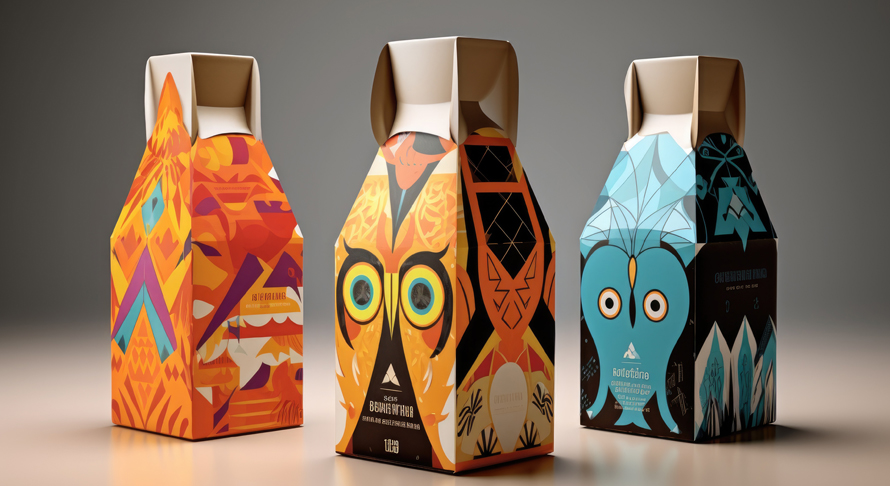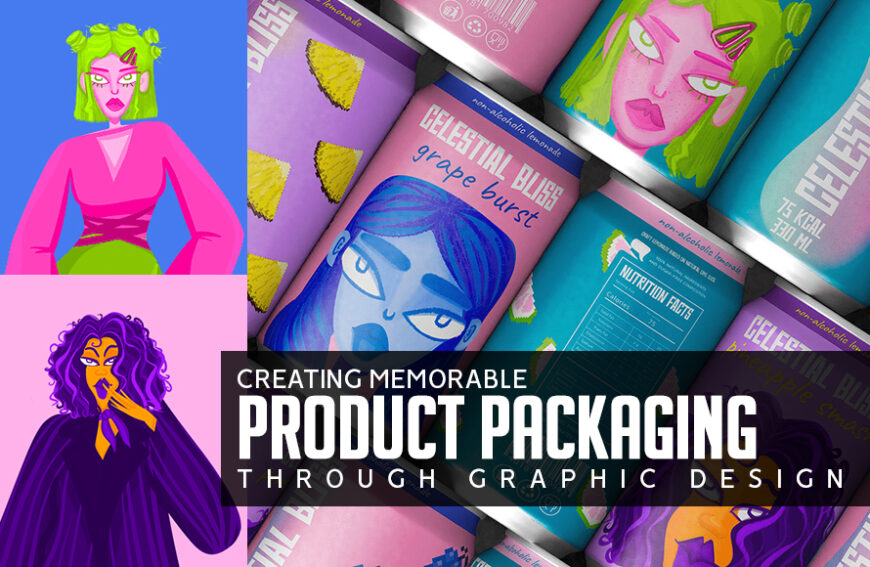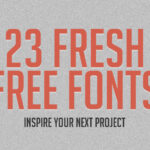Product packaging plays a great role in establishing a brand identity and making a lasting impression on customers who eagerly purchase products offline or online. Well, effective packaging goes beyond initially capturing attention – it communicates the essence of a brand. Graphic design serves a pivotal function in this process.
This article will explore why product packaging is so pivotal, examine the design methodology, and demonstrate how graphic design services can help differentiate your package in the marketplace. Both for new product introductions as well as existing brand refreshes, the following information is intended to facilitate informed decision making and maximize the impact of your packaging investment. Please continue reading.
The Art and Impact of Package Design: A Deep Dive
Package design, a critical component of marketing and commerce, began as a simple utilitarian object with the sole purpose of protecting products from damages. However, throughout time, its use evolved to encompass allure buyers and boost sales. The importance of designs on packaging is born from its capacity to distinguish a product among a sea of competitors’ similar offerings in the market. Ideally, packaging reflects the brand’s identity and values, and it should be catered to customers’ needs, such as being user-friendly and portable.

With the rise of the idea of sustainability and environmental consciousness among people,, today’s consumers want eco-friendly product packaging. Furthermore, the introduction of social media among the majority of people in the world has expanded the scope of package design. Especially in social media, where “Unboxing” videos are quite popular, in which individuals record themselves unwrapping a product in front of the camera, have grown popular, emphasizing the importance of the complete packaging process. This trend has prompted packaging designers and marketers to pay close attention to every detail that goes into creating packaging, including the cushioning material used to safeguard shipments during transit and delivery.
Some famous packaging examples include the iconic Tiffany Box, Jack Daniel’s bottle and label, Campbell’s soup can, Toblerone chocolate, and so on. These popular designs not only serve their intended goal of safeguarding the product, but they also provide a strong visual identity that people identify with the brand over a significant period through reliable marketing activities.
Creating a well recognisable package design requires a collaborative effort among various creatives and experts, including graphic designers, product designers, printers, packaging manufacturers, marketing and communication teams, campaign teams, display teams, and product photographers, etc. A well curated package should fit within the production budget, highlight the brand and its values, and catch the customer’s eye at the point of sale.
According to a 2018 survey, product package design influenced 72% of American customers’ buying decisions, while 67% said packaging materials did. This is because the packaging is the first thing people notice when buying or browsing. Therefore, businesses that invest in unique and attractive package design have a higher chance of attracting and retaining customers.
Unveiling the Steps to an Effective Package Design
Let’s get straight into the matter.
- The first stage is setting up the packaging design process. You need to identify your target audience, consider available sales channels, ensure brand guidelines are met, understand supply chain options, choose packaging materials, and focus on sustainability and pricing.
- Next, you brief the team. Here, the brand and design team meet to discuss expectations and limitations. This stage serves as a road map for the project.
- The third stage is project planning, which includes budgeting, channel distribution, quality, timelines, and staff distribution.
- Stage four involves conducting research about the brand’s clients, market trends, target audience, and design strategy.
- The fifth stage is Dieline design, which is a flat diagram that displays all the folds and cut lines in a package.
- In the sixth stage, visual design is finalized taking into account the target market and audience, brand story, and design elements like graphics, shapes, and materials.
- The seventh stage is a creative review, which involves collaboration between various teams like brand managers, project managers, visual designers, product managers, and regulatory managers.
- In the eighth stage, designers create prototypes to visualize the design in three dimensions.
- The ninth stage involves refining the design based on continuous feedback.
- The tenth stage is quality assurance, which ensures the packaging design meets high standards of quality and functionality.
- The eleventh stage is the printing process, which requires collaboration with print vendors.
- Finally, the twelfth stage is a market review, where a small batch of new packaging is introduced to the market and feedback is gathered.
Each stage of the packaging design process demands careful consideration and strategic thought to produce a successful and appealing design. It’s more than just designing and adding a logo; it’s about developing a design that resonates with the audience and stands out on the shelf.
The Impact of Graphic Design on Product Packaging
Graphic design is an important aspect of product packaging since it considerably influences a product’s marketability and success. It serves as a platform for presenting the product’s unique selling proposition, capturing potential consumers’ attention, and distinguishing it from competitors.

The power of graphic design originates from its ability to enhance a product’s brand identity and recognition. A distinctive and visually appealing box can make a lasting impact on customers, leading to increased loyalty and repeat purchases. This is due to the sensory cues that packaging provides, which help customers to quickly identify a product on a store shelf.
Furthermore, graphic design influences buying decisions. Eye-catching packages with colorful designs and colors can pique customers’ interest. Effective graphic design may express important product information, such as features, benefits, and usage, in an understandable and visually appealing manner. This could lead to a positive perception of the product, resulting in increased sales and customer loyalty.
However, successful graphic design entails more than just appearance. It should also include functionality, practicality, legal compliance, and industry standards such as labeling and sustainability. Packaging designs must represent a general knowledge of environmental challenges. Good graphic design can effectively communicate a product’s sustainability features, encouraging customers to adopt environmentally responsible choices.
To summarize, graphic design plays a significant role in boosting a product’s marketability and success by offering a platform for communication.















